Neuroscience

Neurotransmitter receptors function via various G-protein coupled and G-protein independent mechanisms that activate downstream intracellular signaling pathways such as cAMP/PKA, PI3K/AKT, phospholipase A2, and phospholipase C pathways. For instance, dopamine receptors act through adenylate cyclase to activate PKA and other signaling molecules, thereby mediate gene expression through the actions of CREB and other transcription factors. Other neurotransmitters such as NMDAR or AMPAR are associated with ion channels that control flux of Ca2+ and Na+, thus propagating the action potential across the post-synaptic neuron.
Dysfunctions in GABAergic/glutamatergic/serotonergic/dopaminergic pathways result in a broad range of neurological disorders such as chronic pain, neurodegenerative diseases, and insomnia, as well as mental disorders including schizophrenia, bipolar disorder, depression, and addiction.
-
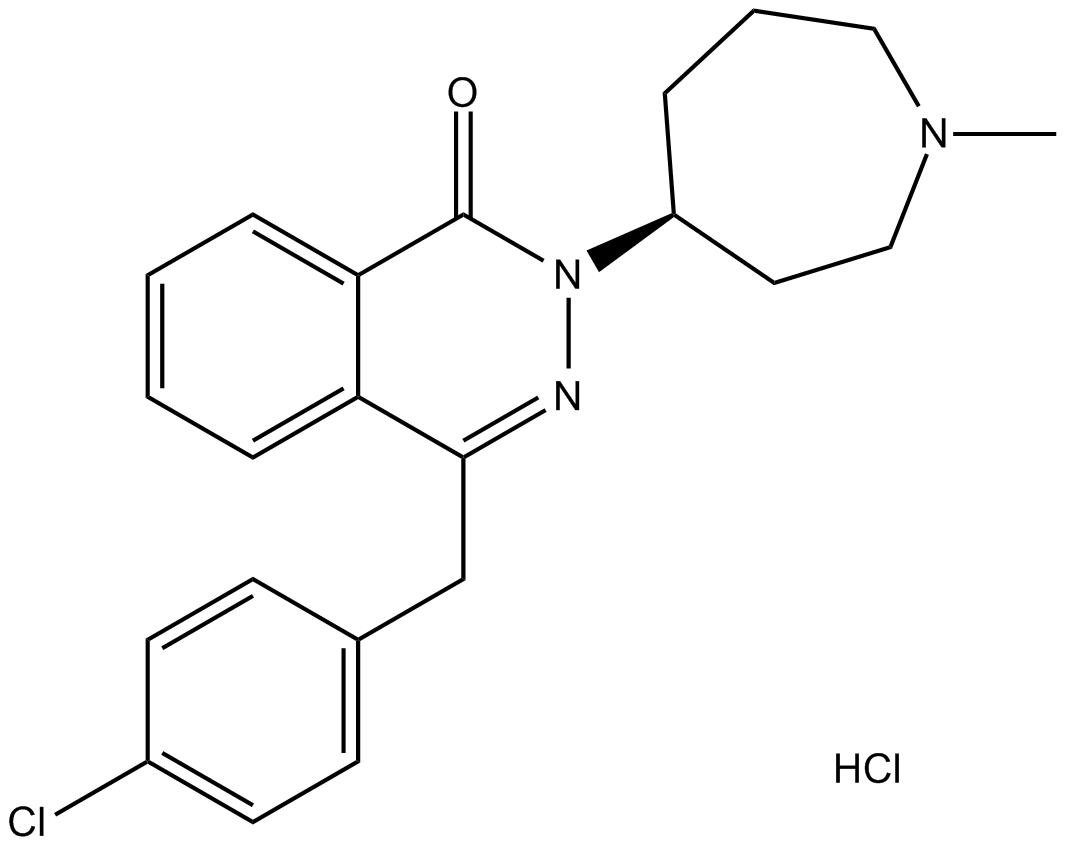 B1568 Azelastine HClTarget: Histamine H1 ReceptorsSummary: Potent, second-generation, selective, histamine receptor antagonist
B1568 Azelastine HClTarget: Histamine H1 ReceptorsSummary: Potent, second-generation, selective, histamine receptor antagonist -
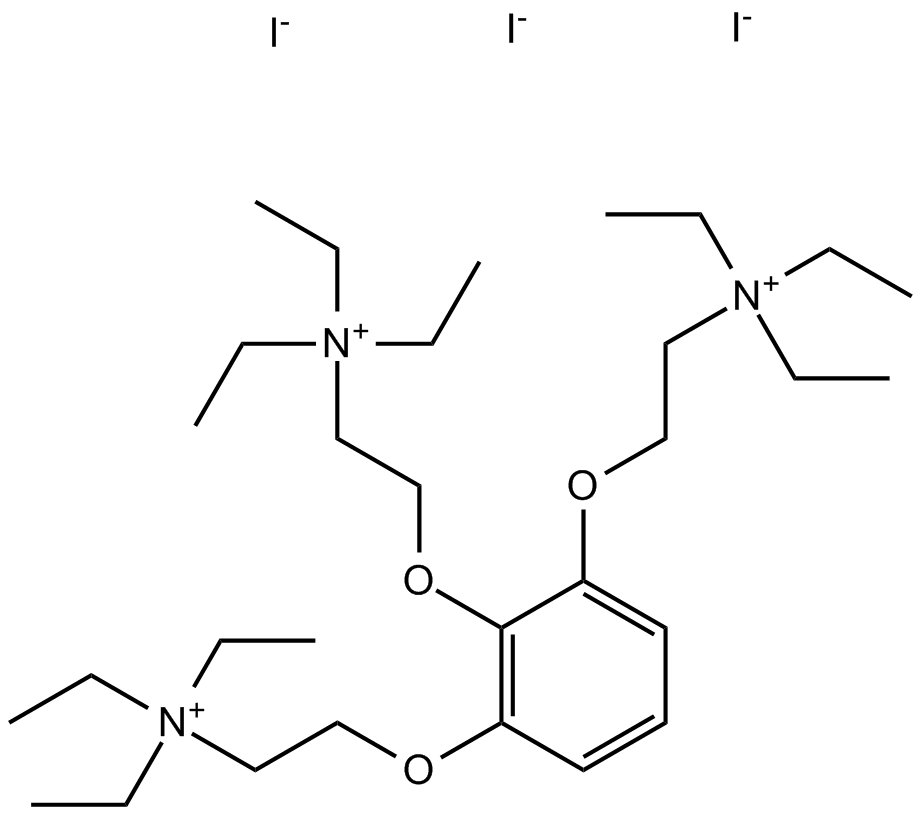 B1610 Gallamine TriethiodideTarget: M2 ReceptorsSummary: Cholinergic receptor blocker
B1610 Gallamine TriethiodideTarget: M2 ReceptorsSummary: Cholinergic receptor blocker -
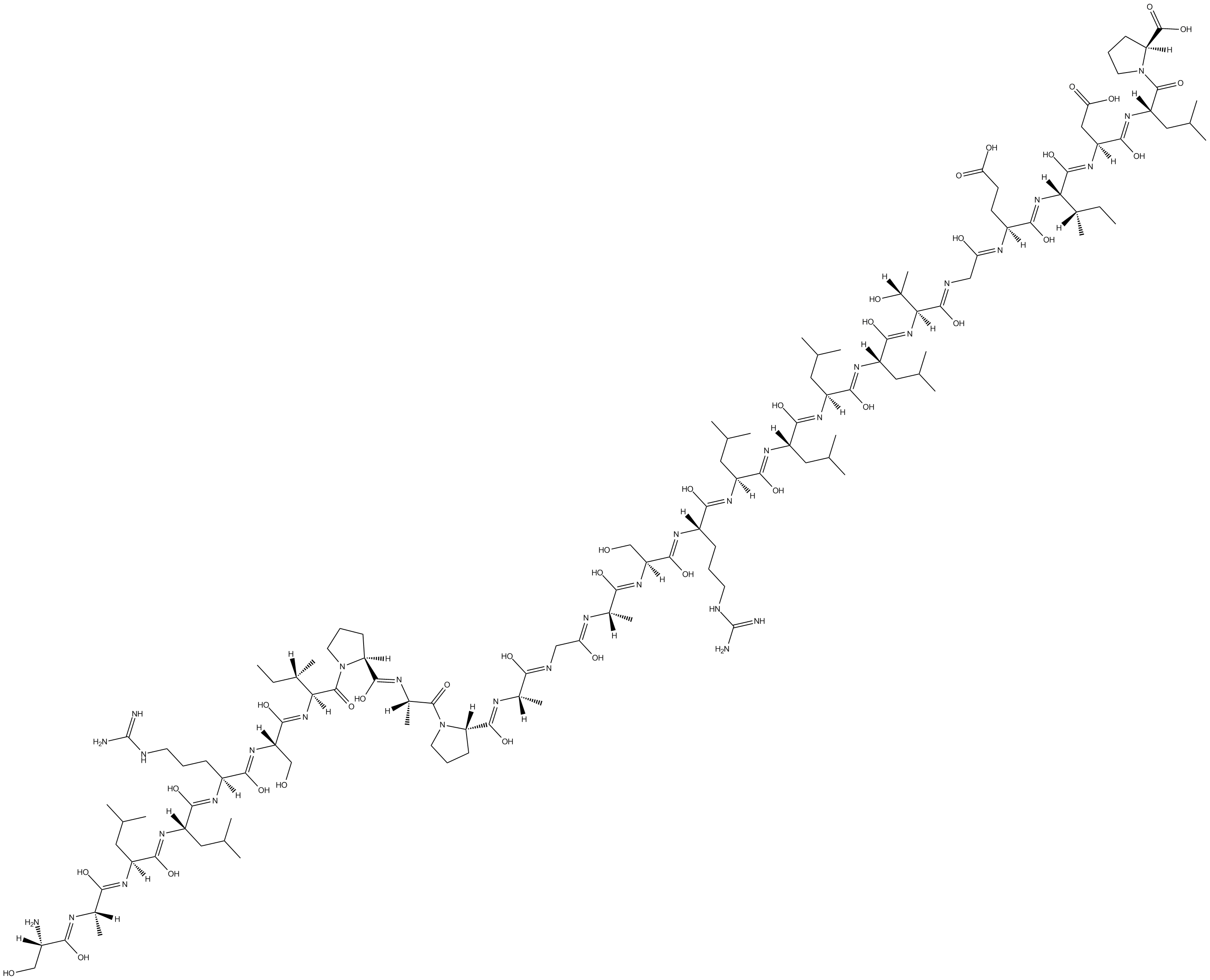 B7546 ColivelinTarget: STATSummary: A neuroprotective peptide and activator of STAT3
B7546 ColivelinTarget: STATSummary: A neuroprotective peptide and activator of STAT3 -
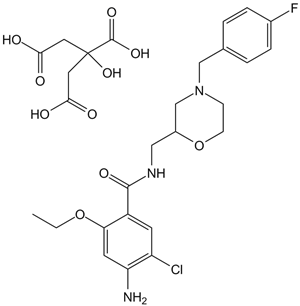 A1334 Mosapride CitrateTarget: 5-HT3 Receptors|5-HT4 ReceptorsSummary: 5-HT receptor agonist
A1334 Mosapride CitrateTarget: 5-HT3 Receptors|5-HT4 ReceptorsSummary: 5-HT receptor agonist -
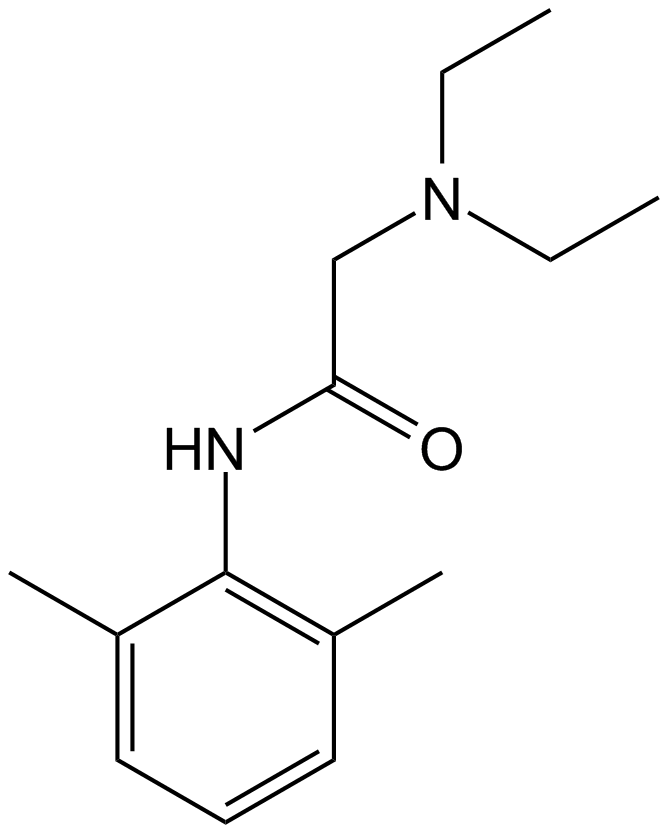 A1450 LidocaineTarget: Histamine H1 ReceptorsSummary: Anasthetic and class Ib antiarrhythmic agent
A1450 LidocaineTarget: Histamine H1 ReceptorsSummary: Anasthetic and class Ib antiarrhythmic agent -
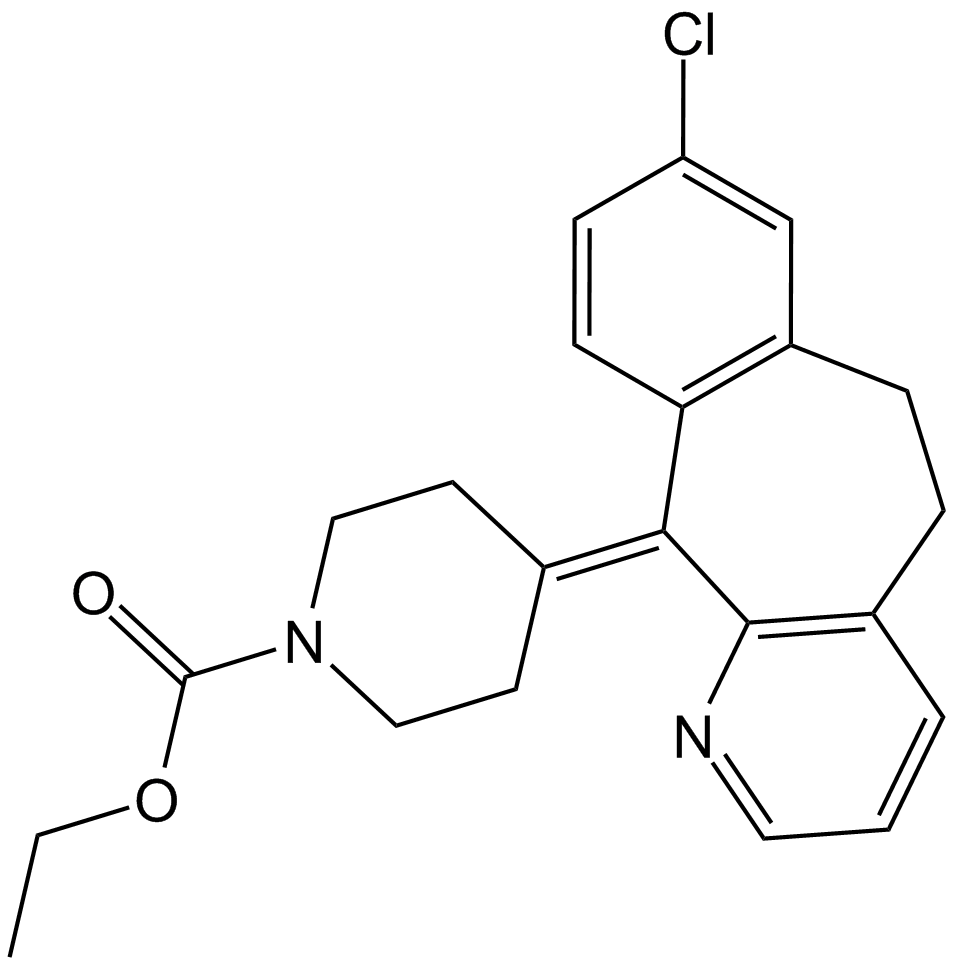 A2960 LoratadineTarget: Histamine H1 ReceptorsSummary: Peripheral HH1R antagonist
A2960 LoratadineTarget: Histamine H1 ReceptorsSummary: Peripheral HH1R antagonist -
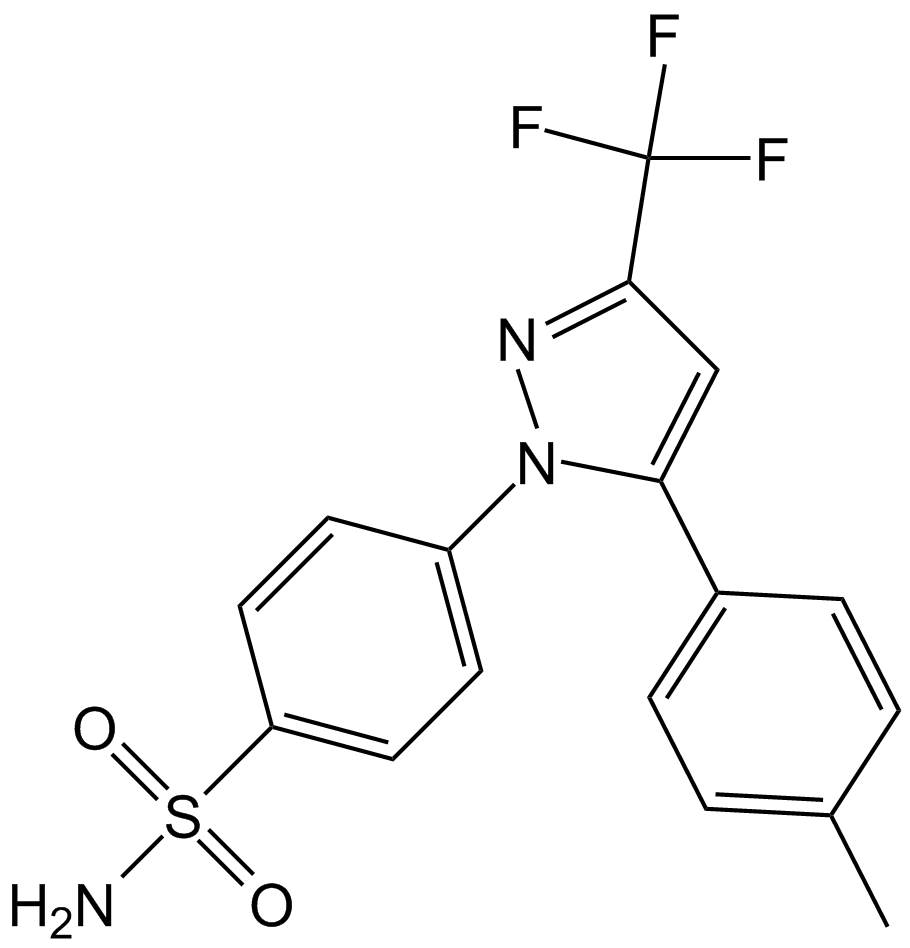 A1664 CelecoxibTarget: COXSummary: Selective cyclooxygenase-2 (COX-2) inhibitor
A1664 CelecoxibTarget: COXSummary: Selective cyclooxygenase-2 (COX-2) inhibitor -
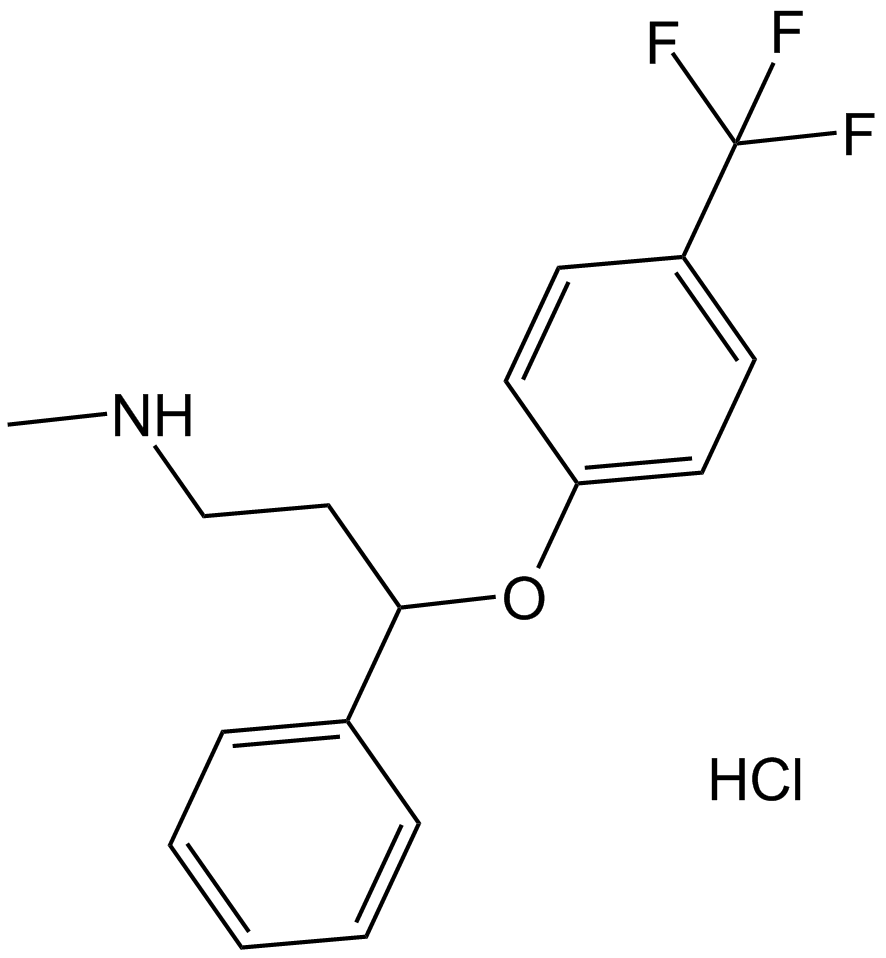 A2436 Fluoxetine HClTarget: Serotonin (5-HT) reuptakeSummary: Serotonin reuptake inhibitor,selective
A2436 Fluoxetine HClTarget: Serotonin (5-HT) reuptakeSummary: Serotonin reuptake inhibitor,selective -
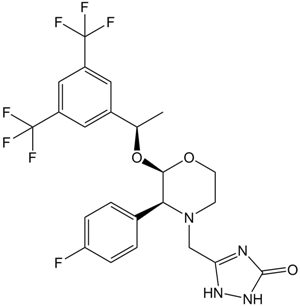 A1684 AprepitantTarget: Substance P/NK1 ReceptorSummary: Substance P (SP) inhibitor
A1684 AprepitantTarget: Substance P/NK1 ReceptorSummary: Substance P (SP) inhibitor -
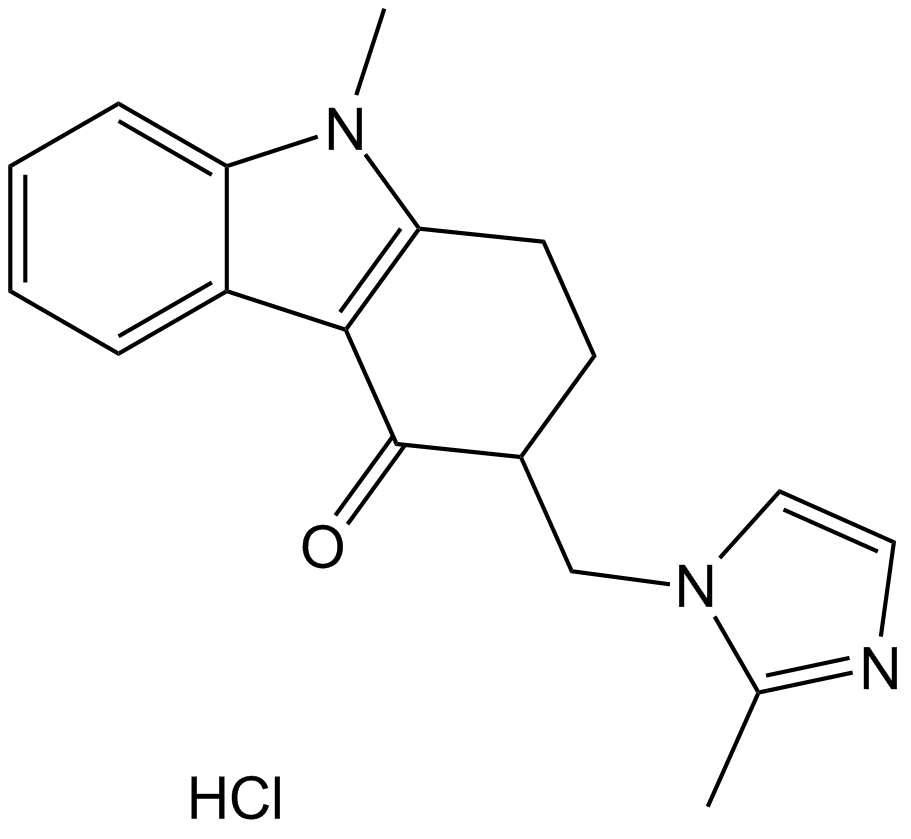 A5166 Ondansetron HClTarget: 5-HT3 ReceptorsSummary: 5-HT3 receptor antagonist
A5166 Ondansetron HClTarget: 5-HT3 ReceptorsSummary: 5-HT3 receptor antagonist

